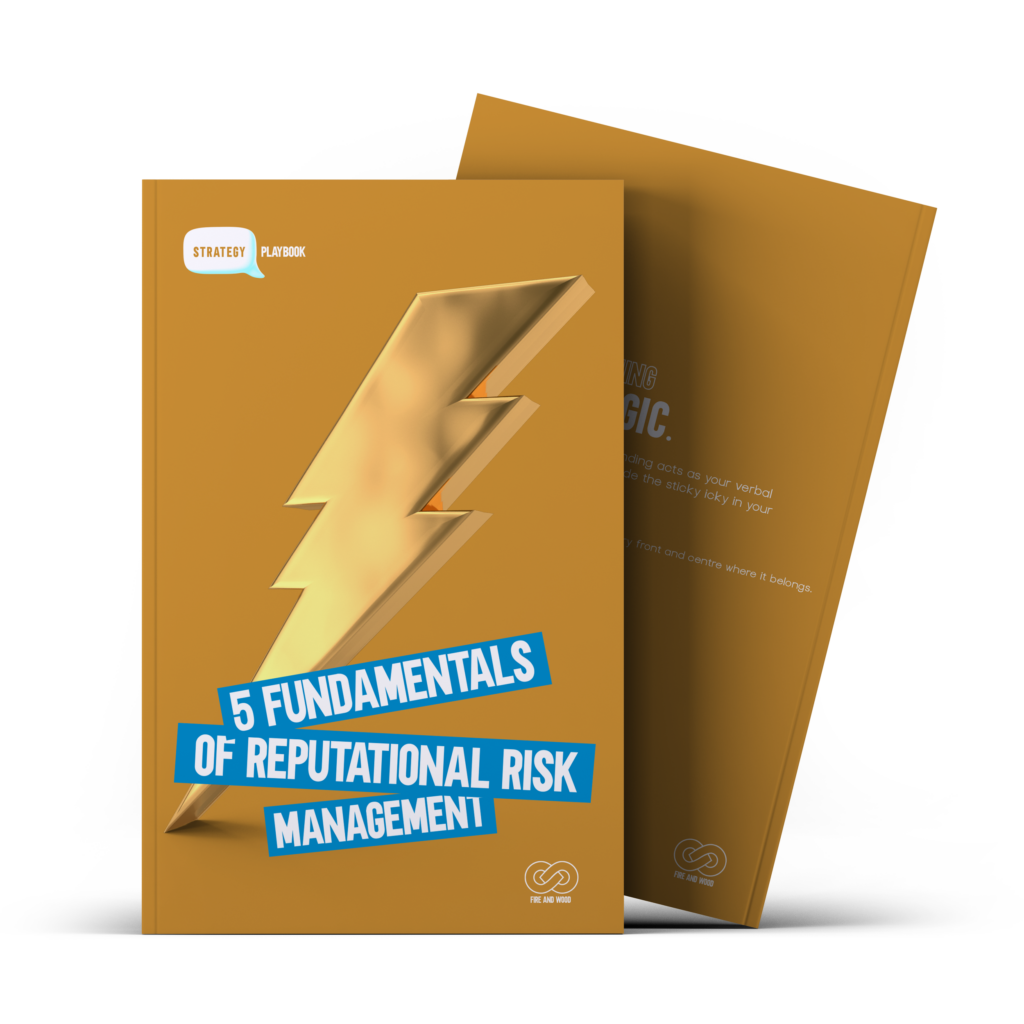Public Relations
The First Stage of a Crisis: How Signals Help you Prepare for the Worst
Starting-up a start-up from the eyes of starter-uppers.

Todd O'Keefe
Chief Content Officer
Table of Contents
KEEPING OPEN LINES OF COMMUNICATION
Most crises can be avoided by simple planning.
Arguably, the scale of that planning depends on the crisis itself, but the fact remains that proactively preparing for a crisis is almost as important—if not more important—than how the crisis is handled.
So, how do you get out in front of a crisis, before the crisis even happens?
We’re glad you asked.
PREPARE A LIST AND CHECK IT TWICE
Prepare a list of 10 potential brand threats and review your list for any particular threat.
Your list will act as a signal to plan for other likely threats. It can include accusations of physical or sexual assault, employee sabotage, equipment malfunctions, cybercrimes, phishing scams and so much more.
Keeping open lines of communication with your core audiences of customers, suppliers, employees, media outlets and important stakeholders goes a long way for controlling damage.
Speed matters in a crisis, and the faster you respond, the better chance your brand will have for not only containing the crisis but also enhancing your reputation.
2 DIFFERENT TYPES OF PUBLIC CRISIS SCENARIOS
Although a non-exhaustive list, start with understanding the different categories of crisis levels, and that includes a threat to public health, reputation and financial viability.
Keep in mind that threat levels frequently overlap, such as public safety threats almost always threaten your reputation and financial viability, and reputational threats normally come with financial consequences.
Here are two different crisis scenarios and how to manage each one.
PUBLIC HEALTH SCENARIO: FOOD POISONING
Imagine you own a small restaurant, and see an online review from a customer posting about food poisoning from eating dinner at your restaurant the night before. It doesn’t matter if you are a giant multinational corporation or a small town family restaurant.
This possible threat to public health is a hard hit to your reputation and financial viability. Especially if more of your customers see the post and reply to the post to find the grizzly details.
Even worse: they share their own food poisoning stories. You are already guilty by association of a bad experience—even if their experience didn’t happen at your restaurant.
The longer you wait, and the more hours that go by without a response, only fuels speculation and adds fire to the controversy.
Before you know it, a television crew is at your front door with a video camera and a list of hard questions.
RESPOND QUICKLY AND CONFIDENTLY
Using the same channel where the crisis broke, quickly explain the situation with a simple, “We’re aware of the situation and take food poisoning seriously. Our team is working to resolve the issue with the customer and the health department. We’ll keep you posted with more information.”
A lack of response creates an information vacuum that quickly fills with misinformation and even outright attacks. Instead, use timing to your advantage and control the narrative by presenting your side of the story with factual information in an appropriate tone.
Your quick and confident response might only offer substance or new information. Replying with a truthful and thoughtful online statement shows situational awareness and public concern.
Timing matters in a crisis. A quick and confident response positions you as a source for facts and information.
It demonstrates concern and involvement, addresses damaging rumours, and expresses empathy for your customers and community at large. Setting the tone and direction, and getting in front of a breaking story in any news cycle is critical for controlling the narrative for crisis communication.
By responding in an hour or less, you manage the reputational threat, re-establish public trust, and generate an overall feeling of goodwill.
PUBLIC HEALTH SCENARIO: FIRE
Your brand could also be threatened with the public safety crisis of a fire at your restaurant or building. In this case, you need to understand your key audiences, such as first warning the immediate public, and follow a line of communication for different audience levels.
This includes the first line of defence, such as emergency responders, police, firefighters, and paramedics.
TELL YOUR AUDIENCE
Identify your organizational chart to set audience priorities for crisis communication levels and add it to your list of potential brand threats.
Next, reach out to your external media list to tell the public at large through local media channels, and the internal list of friends and family, and customers who frequent your business.
Reach out to your suppliers and reschedule or reroute deliveries, and update your employees for a timeline and safe return to work.
Finally, call your appropriate insurance list of investigators, shareholders and investors.
PLANNING DEPENDS ON THE SCALE OF THE CRISIS
Remember that every crisis is different, and therefore, your key audiences are likely to differ as well. It doesn’t hurt to segment your audiences based on their need or even demand for information during—and after—the crisis.
Want to learn more about what goes into a crisis communication response plan?
Download our playbook with a breakdown of the five stages of a crisis communication response plan. It includes how to identify audiences, such as your employees, customers, suppliers, media, and the public at large.
This guide walks you through assembling your crisis response team and understanding what goes into a key messaging or statement document. And, finally, it details lessons learned with post-crisis review and evaluation.
GET THE GOODS
Our starter-upper blog is a place you’ll find creative trade secrets, shop talk and the trials and errors of a creative incubator.
Our goal is to make things people will enjoy and want to share—from storytelling and copyhacking best practices to articles, videos and white papers.
Sign up for our newsletter today and get more articles like these ones.

PROTECT
YOUR BRAND
REPUTATION
Take a deep dive into your
free copy of the 5 Fundamentals of Reputational Risk Management and start building a bulletproof brand reputation that stands the test of time.
GET THE STARTER-UPPER INSIGHTS

